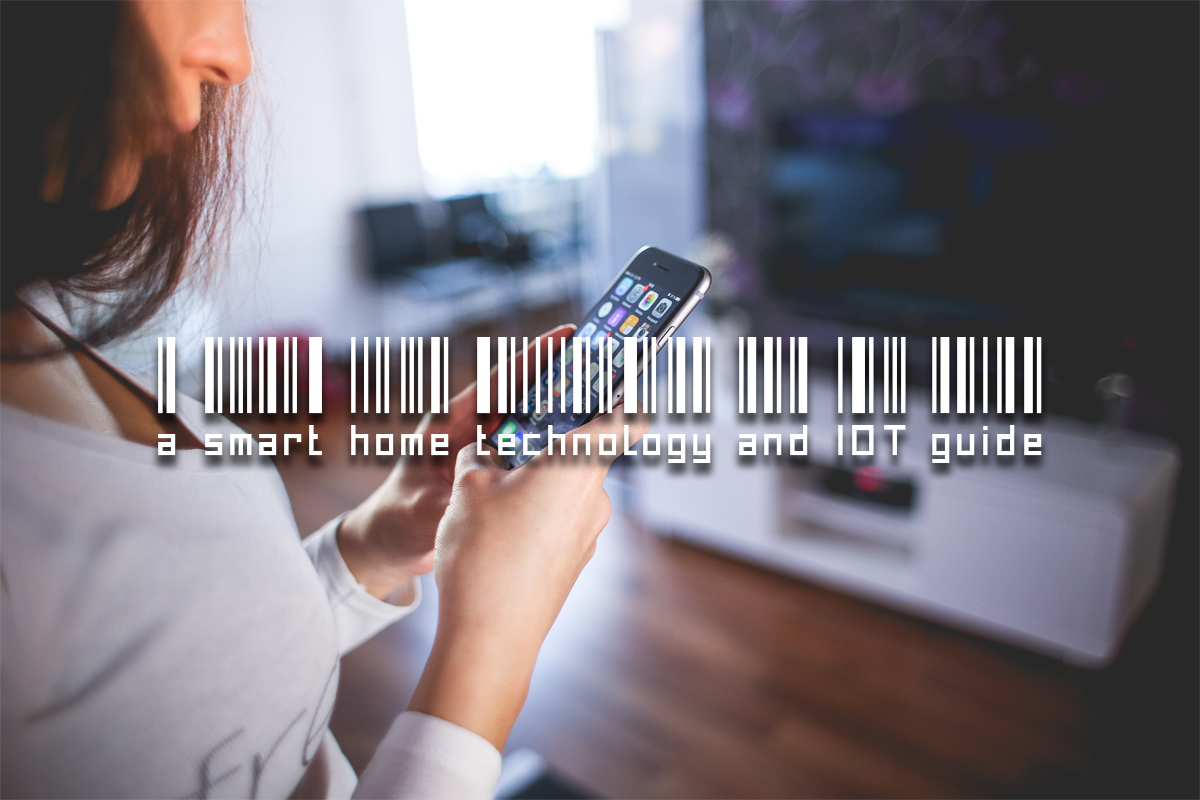Tech Thursdays: Smart Home Technology and IOTs Guide for Agents

Smart Home Technology and IoT (Internet of Things) are a fast growing markets that is still evolving. Having the insight of working with daily customer concerns at a Smart Home company, I can freely say it adds an additional layer of owning and selling a home. From the learning curve, to new innovations, this guide is to go into some possible devices and recommendation on what to look for at a home. Since there’s so many different devices and manufacturers out there in the market, this will be more of to give an overview of things to look for when selling a home.
First, all of these devices are going to be associated to your seller’s account, generally their email address. Some of them are installed in walls, doors, and even vents. To identify which products are “smart”, let’s go over a quick guide in the differences in the tech.
The Different Languages of Smart Home Technology Devices:
IOT and smart home devices have a few ways of connecting the I to the T. A lot of the newer devices are going to be WiFi connected. Any of these devices are going to need the account either moved over or simply reset. These are going to be like LIFX bulbs where each devices has a WiFi antenna. If they can use a phone and an app to control their thermostat, lights, garage door or door lock, you can bet these are Smart products that need their ownership transferred. This ensures the new owner can control it and that the previous owner no longer has access to it. More than likely, there’s a way to manually and physically restart the product, but it’s best to check with the manufacturer’s directions per product.
Bluetooth devices just need to be reset and paired to the new phone. The August Lock is just like this. SImilar to a headset or any other Bluetooth device, these rely on the phone itself for all logic.
Other devices rely on differing forms of wireless technology like ZigBee and Z-Wave to connect to a controller or ‘hub. Some controllers, like the Aeon Minimote, don’t need another WiFi connected controller and can just be handed over like a pair of keys. Other controllers, like the SmartThings Hub or the Wink Hub act more like a gateway between the Internet and non-IP enabled Zigbee and Z-Wave devices.
Hubs or Stand-Alone Platforms:
For systems like SmartThings or Wink that become platforms to connect many different devices into one app, I would always recommend customers to reset all the rules of the home, and tailor the automations to fit the homebuyer’s actions. Like any home, everyone is unique, and therefore, not all the same routines would work well with the new owner. The bonus is that it’s also is nice to know how to deal with issues of the product should they arise; afterall, it is still very new technology.
For newer, stand-alone platforms, the process is pretty simple. For example, the Amazon Echo or the Google Home are fundamentally stand-alone devices, so you can just reset them and hand them over like you would your phone. More likely, though, you will take them with you when you go. Having owned an Echo for some time, it’s become a really easy convenience that I begin to miss.
A Quick Guide to Smart Home Devices:
The most important thing when transferring a home over is to remember which devices are Smart and need to be reset so they can be claimed. Here’s a quick-list and a few examples of some to look for:
Light Bulbs: Philips Hue, OSRAM Lightify
Garage Door Controllers:Ryobi Garage Door Opener, Chamberlain MyQ
Thermostats: Nest Thermostat, Ecobee
Light Switches: GE ZigBee Switch, Lutron Switches
Locks: August Lock, Kwikset
Cameras: Nest (formerly DropCam), Netgear Arlo
Speakers: Sonos, Bose Soundlink
Washing/Drying Machines: Whirlpool, LG
Vacuums: Roomba, Neato Robotics
LawnMowers: Husqvarna Automower, Honda Miimo
In short, when in doubt the best way to reset a device so a new owner can use it, talk to the manufacturer.
As the market grows and security protocols change, perhaps there will be a new way that doesn’t rely on email address and password combinations. Ideally, handing over controls to a Smart Home will be as easy as handing over the keys. Until then, we hope this guide has helped you identify some smart products that needs ownership transfers.